If you go to the Eurovision Song Contest and look across the audience you see the most eclectic bunch of people from all over Europe for a huge party. Everybody is dressed up in their brightest outfits and their costumes are as loud as their cheers as they clap along to anything with a beat.
If you head to Melodifestivalen you'll see much of the same. Except people are more likely to be from Eskilstuna than Estonia. The bright outfits are possibly a touch toned down, but made up for by bright feather boas, LED lit-up hats and homemade signs supporting their favourites. This subtle party look doesn't tone down any clapping along though – nobody catches onto a beat faster and more enthusiastically than a Swedish audiences.
These are all tiny differences. The big difference comes when you look around the room. A Eurovision audience is made up mainly of adults. A Melodifestivalen audience is dominated by families with small children. What is it about Melodifestivalen that makes it such a hit with children in a way Eurovision doesn't?
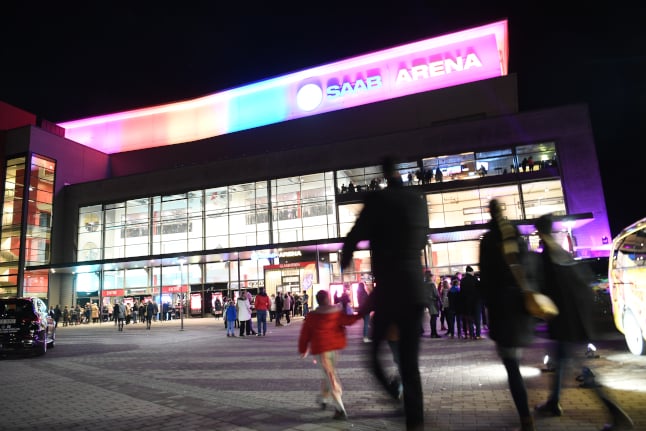
Melodifestivalen is popular with families with children. Photo: Fredrik Sandberg/TT
Unlike the Eurovision Song Contest, one feature of Melodifestivalen is the control that SVT, the Swedish public broadcaster, has on the acts that enter. They aren't all chosen through a selection jury focused on choosing the best songs, half of those that enter each year are acts completely chosen by SVT. Generally speaking, these are names that diversify the competition and ensure it reaches out to all parts of Swedish society.
Among the examples in this year's competition we have Anis Don Demina and Klara Hammarström. Anis is a rapper and DJ yet is equally as famous as a YouTuber with approaching 500,000 subscribers. Klara Hammarström has released music before Melodifestivalen, but is far better known as an upcoming equestrian and reality TV star.
That's to go along with the usual list of Idol entrants and former Melodifestivalen participants that so many kids already adore. What Anis and Klara can do is bring to SVT's flagship programme their own fanbase cultivated in their separate social media bubbles.
This is clear to see with Melodifestivalen's voting system that was brought in during 2019. The majority of voting happens on the Melodifestivalen app, and voting blocs are created based on the user's age. The youngest bloc goes from 3 to 9 years old – a bloc with a taste more musically different to its neighbour bloc (the 10 to 15 year old bloc) than any other age category.
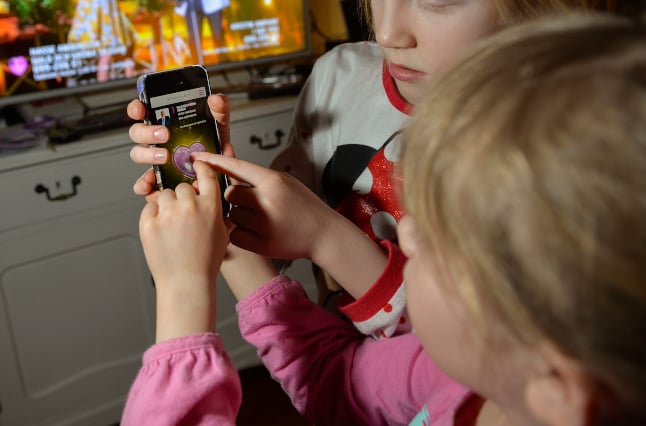
The child-friendly Melodifestivalen app. Photo: Jonas Ekströmer/TT
Finally as well, there's also the issue of timing. Melodifestivalen runs one hour earlier than the Eurovision Song Contest, starting at 8pm. This is late for children, and many will get special permission to stay up feasting on sweeties and fizzy drinks in their quest to stay up, but this time slot still makes it a slot for family entertainment.
That extra hour later of start time just puts the Eurovision Song Contest out of reach of being a competition for all. Back in the preparations for the 2016 Eurovision Song Contest, SVT proposed moving the start time for the Eurovision Song Contest one hour forward. That suggestion didn't happen – and it's just another reason why Eurovision just has such a different and smaller popularity in Sweden to Melodifestivalen.
Hooked Before They Can Even Talk
What is most fascinating though is how SVT manage to get children hooked on Melodifestivalen at these very early ages.
Let me present to you the TV show Bolibomba, SVT's flagship programme for children under the age of five. The main character, Draken, is played by an actor in a green dinosaur costume. The show is being played out live around Sweden when towns are hosting the Welcome Party to thousands of small Swedish children.
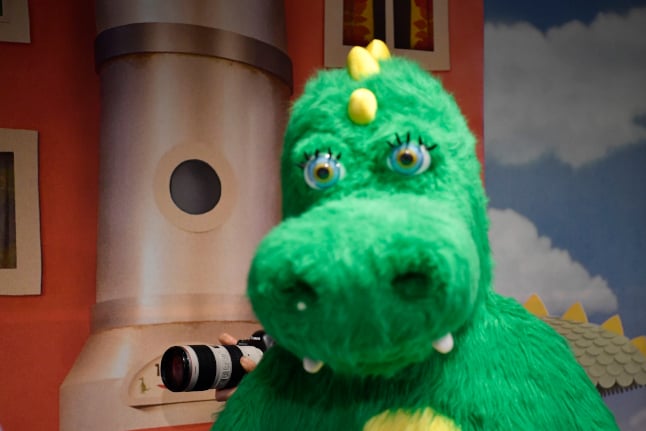
The main character of SVT's flagship programme for young children. Photo: Anders Wiklund/TT
Part of Bolibomba's programming is directly Melodifestivalen related. For a selection of the songs in the competition, Draken taught the children how to dance along to their favourites. Each of the competing artists also had to take part and follow Draken's lead. It's somewhat jarring from an adult perspective seeing these artists in a whole new character of preschool entertainment.
It goes further. A separate series of Bolibompa Baby is aimed at children under the age of two. The available songs made into animated format include many traditional Swedish traditional songs…and a few Melodifestivalen classics like 'Det gör ont', 'Håll Om Mig' and the 1999 winner 'Tusen och en natt'. Except that last song is translated into 'I want to have a cat.'
So if you are wondering where these Swedish children pick up their love of Melodifestivalen from, it's happening before you, or they, even realise.
Ben Robertson is covering Melodifestivalen 2020 for both The Local and ESC Insight.

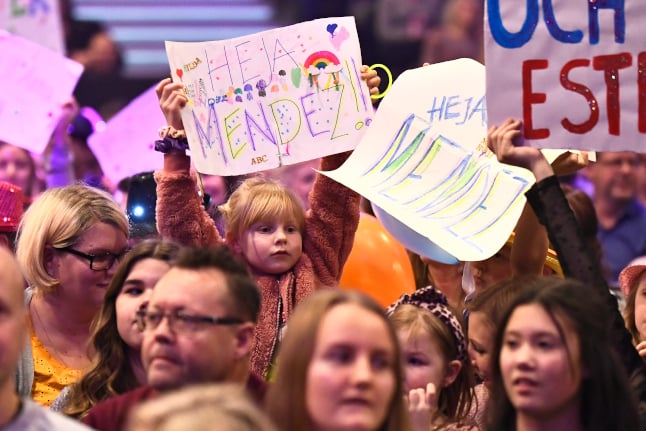




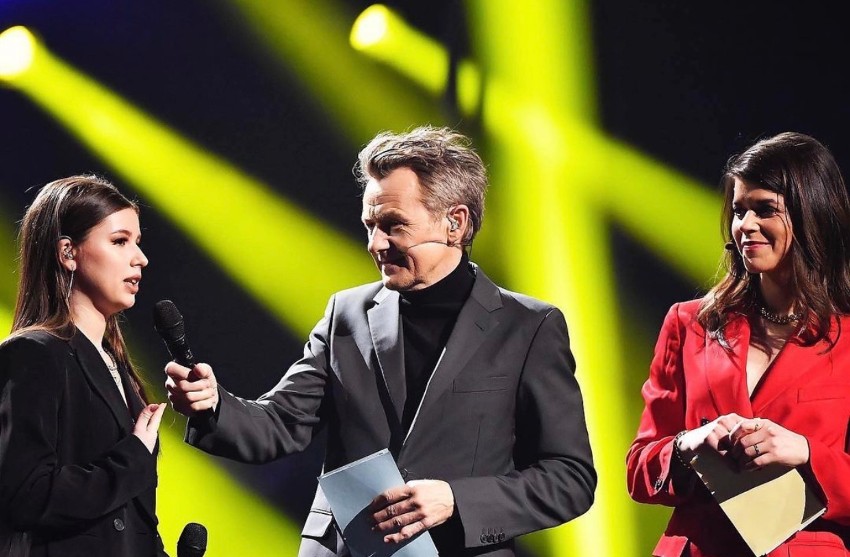
 Please whitelist us to continue reading.
Please whitelist us to continue reading.
Member comments